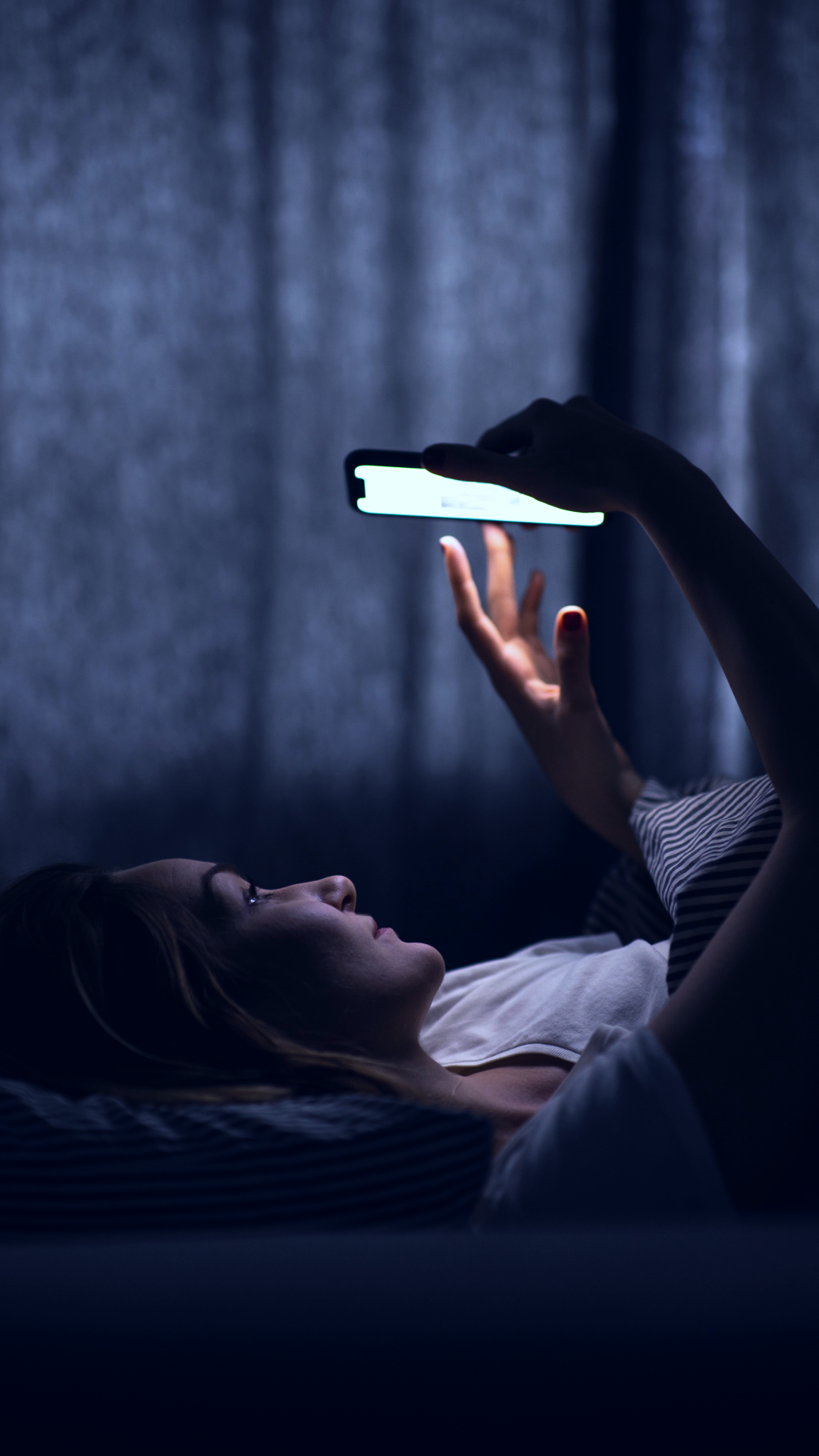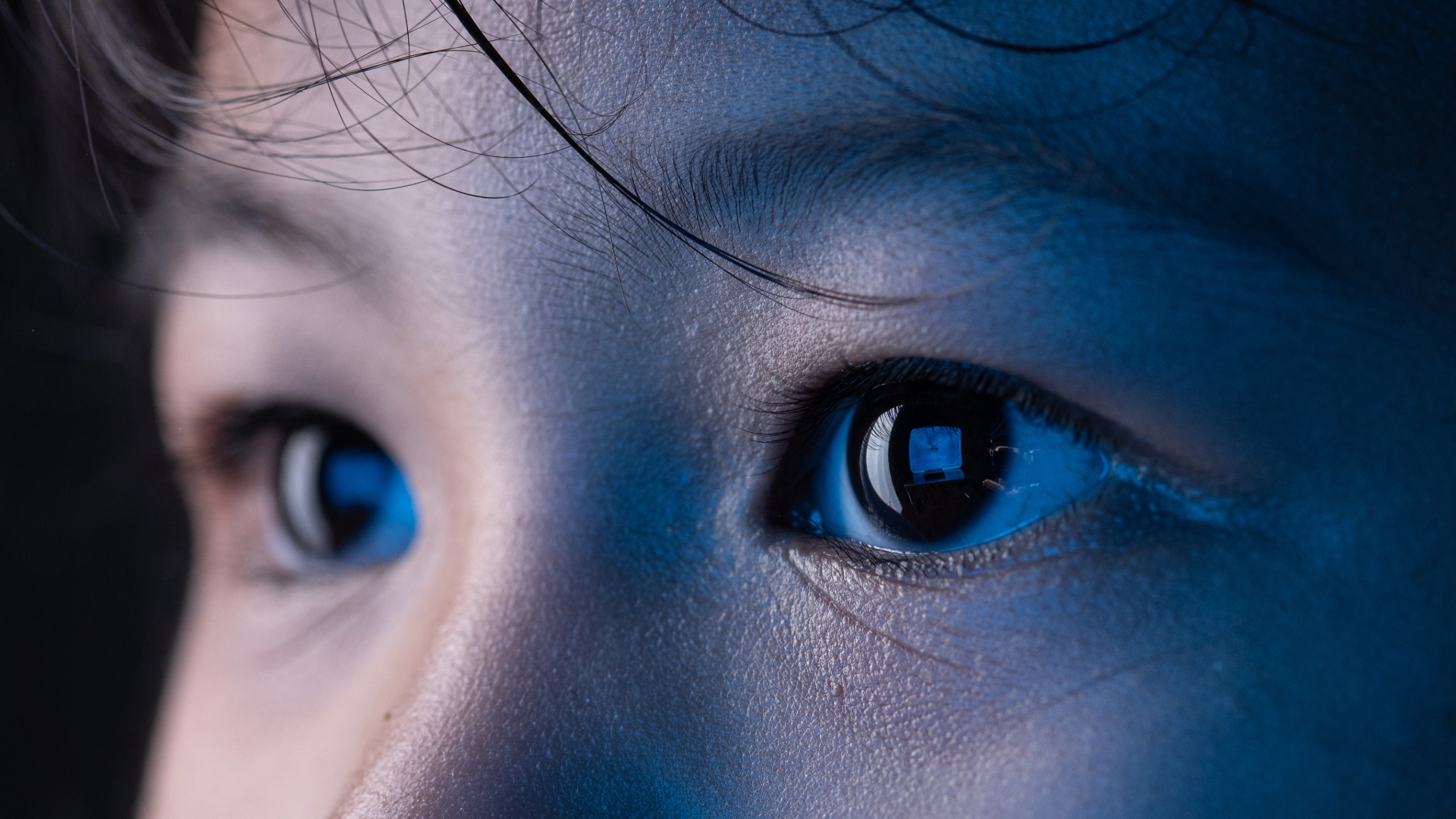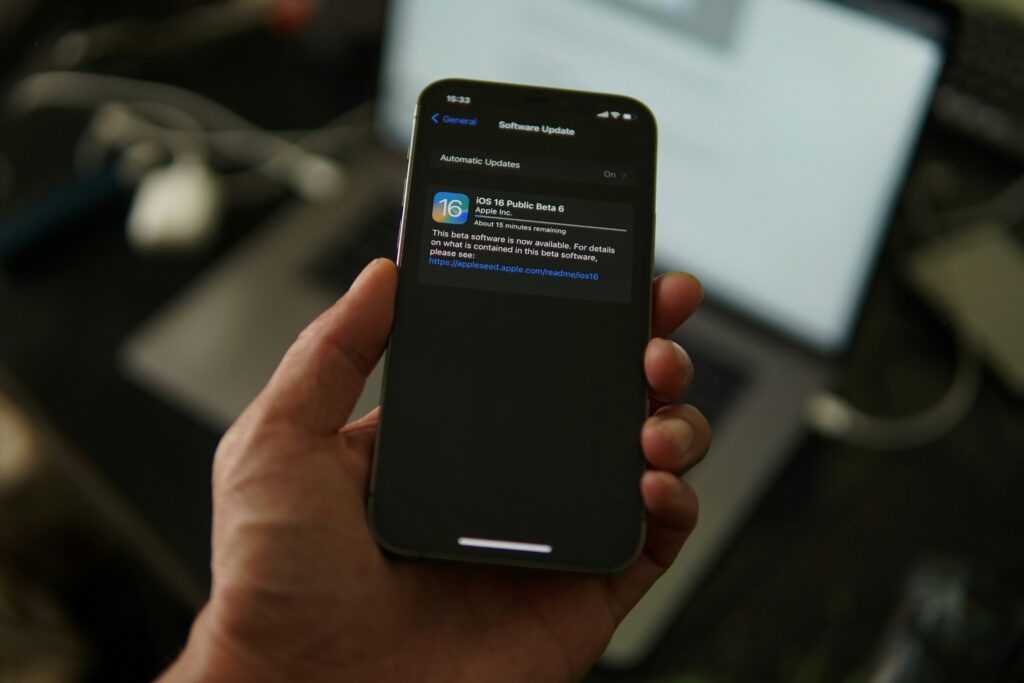We are increasingly exposed to the blue light emitted by our screens. Manufacturers of special glasses and anti-blue light apps are multiplying, promising to protect our eyes and improve our sleep. But what is the real situation? Are the effects of blue light on our health as alarming as we are led to believe? Blue light is a natural part of the visible light spectrum. It is emitted by the sun, but also by many artificial sources such as computer screens, smartphones and televisions.
The supposed effects of blue light
Blue light is often blamed for many health problems. One of the most common statements is about sleep disorders. Indeed, it is often suggested that blue light disrupts our circadian rhythm, making it difficult to fall asleep and altering the quality of our sleep. This disruption is due to the inhibition of the production of melatonin, a hormone essential for falling asleep.
In addition, eye strain is frequently associated with prolonged exposure to blue light, especially when looking at screens. Headaches, blurred vision, and a tingling sensation in the eyes are commonly reported symptoms. Although blue light is not the only cause of these disorders, it can contribute significantly to them.
Finally, research has explored the possible link between high-energy blue light and age-related macular degeneration, a serious eye disease that can lead to central vision loss. While the results of the studies are still contradictory, caution is still required, especially in people who are already predisposed to this disease.

Marketing around blue light
The advent of digital technology has made blue light a growing concern. With this in mind, the market has reacted quickly by offering a multitude of products and services that are supposed to protect us from its harmful effects. Glasses with tinted lenses, filtering applications, special bulbs… Solutions abound, offering consumers a plethora of choices. But behind this abundant offer, there is a well-rehearsed marketing strategy. By exploiting public concerns, companies have been able to create a real market around blue light.
The precautionary principle: The manufacturers of these products emphasize the precautionary principle, encouraging consumers to protect themselves from a potential danger.
Lack of regulation: The market for blue light products is poorly regulated, which allows companies to claim profits that are often exaggerated or unproven.
The fad: The fear of blue light has become a real fad, pushing consumers to buy products they may not really need.
Blue light marketing is based on a combination of fear, expertise, and a desire for a healthy lifestyle. By using these psychological levers, companies are able to convince consumers of the usefulness of their products.
What to do?
It is important to have a balanced attitude towards blue light. Although it can have some negative effects on our health, there is no need to panic and deprive ourselves of screens completely. A more reasonable approach is to limit our exposure, especially at the end of the day. Reducing the time spent in front of screens, especially in the evening before going to bed, is a good practice to preserve the quality of our sleep.
In addition, many electronic devices are now equipped with features designed to reduce the emission of blue light. The “night” or “reading” modes are particularly useful for mitigating the effects of blue light on our circadian rhythm.
Finally, if you experience persistent sleep disturbances or have concerns about your vision, it is recommended that you consult a medical professional. A doctor or ophthalmologist will be able to give you personalized advice and guide you towards solutions adapted to your situation.

The effects of blue light on children
It is interesting to look at the study of the effects of blue light on children, It is a constantly evolving research topic, which raises many questions and debates. Although research has been conducted, there is still much to be discovered to draw firm conclusions. According to what has been studied, blue light, emitted in abundance by screens, could have harmful consequences on children’s brain development. By disrupting sleep cycles, which are essential for memory consolidation and learning, it could affect their cognitive abilities. In addition, excessive exposure to blue light has been associated with an increase in attention disorders, hyperactivity and difficulty concentrating in younger people. Some studies even suggest a possible link between early exposure to blue light and the development of myopia.
In the face of these risks, it is crucial to take preventive measures. Limiting young children’s screen time, focusing on outdoor activities and choosing educational toys that do not require screens are simple but effective gestures.
The importance of natural light
Who hasn’t felt a boost of energy on a sunny day? Natural light, far beyond illuminating our spaces, plays a fundamental role in our well-being. But what are the mechanisms that link sunlight to our health? Let’s explore the many benefits of this natural energy source together.
Natural light, which is essential to our well-being, plays a crucial role in different aspects of our health. First of all, it helps regulate our circadian rhythm. Exposure to natural light during the day synchronizes our biological clock, thus promoting restful sleep at night.
In addition, the sun is the main source of vitamin D, a vitamin that is essential for the health of our bones and immune system. Adequate exposure to sunlight allows our body to synthesize this vitamin in a natural way.
Beyond its physical benefits, natural light also has a positive impact on our psychological well-being. Spending time outdoors and getting exposure to sunlight improves mood and helps reduce symptoms of seasonal depression.
To take full advantage of the benefits of natural light, there are a few practical tips that can be followed. It is recommended to spend at least 30 minutes a day outdoors, preferably in the morning, in order to expose yourself to the first rays of the sun.
To reduce exposure to blue light, several natural solutions exist. Glasses with amber lenses, for example, filter out some of the blue light and can be useful in the evening to help you fall asleep. Filters for computer and smartphone screens are another interesting option for reducing blue light emission.
In addition, some indoor plants, such as sansevieria or ficus, are known to improve indoor air quality and reduce eye strain. Finally, most electronic devices have a night mode that reduces the color temperature of the screen, thus decreasing the emission of blue light.
By combining these different approaches, it is possible to significantly reduce children’s exposure to blue light and preserve their health in the long term.

In conclusion,
blue light, from our screens, has raised serious concerns about its impact on our health. While scientific studies have highlighted possible links with sleep, vision and cognitive disorders, especially in children, it is essential to take a nuanced approach. Marketing around blue light has sometimes exaggerated the risks, pushing consumers to adopt solutions that are sometimes unnecessary. To preserve our well-being, we should limit our exposure to screens, especially in the evening, and favor natural light. Simple measures, such as enabling night mode on our devices or using glasses with tinted lenses, can be beneficial. In short, blue light is a challenge of the 21st century, but by adopting healthier lifestyle habits and using common sense, we can mitigate its negative effects and continue to benefit from technological advances.


